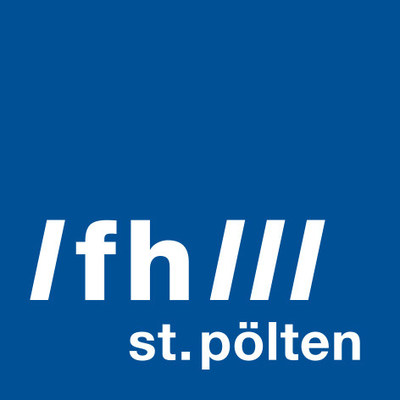A Data Treasure for Gait Analysis: St. Pölten UAS and Insurance Institution AUVA Open Database for Research

ST. PÖLTEN, Austria, June 30, 2020 /PRNewswire/ — “Gait analysis provides a huge amount of data. Their interpretation is challenging and there is a great deal of interest in supporting medical decision-making processes with machine learning methods. The more data we have, the better the results,” explains Brian Horsak, head of the research focus Motor Rehabilitation at the St. Pölten UAS.
Anonymised Data of More than 2,000 Patients
In order to facilitate research, therapy and diagnosis, Brian Horsak and his colleagues at the St. Pölten UAS and the AUVA have now published one of the biggest data records worldwide on this topic in anonymised form. The data include anonymised information on more than 2,000 patients after joint transplantations, fractures and ligament injuries as well as associated impairments of the hips, knees, ankles and heel bones.
The data come from several years of clinical gait analysis practice and can be used to improve analysis procedures and models. The database called “GAITREC” is available online free of charge.
“We have processed and published the data together with the AUVA. In times of the coronavirus, this dataset is even more interesting as many experts are unable to collect data in the lab and therefore have to rely on existing data records. Our dataset can be of assistance here, in terms of both teaching and research,” emphasises Djordje Slijepčević, co-author of “GaitRec” and machine learning expert at the St. Pölten UAS.
Research Focus Motor Rehabilitation
The research focus Motor Rehabilitation at the St. Pölten UAS develops technology-assisted approaches to physical rehabilitation and promotes their widespread application in clinical practice through collaborations with partners.
These last couple of years, the St. Pölten UAS has expanded its competencies in the fields of motor rehabilitation, instrumented 3D gait and movement analysis, machine learning, visual analytics, and augmented and virtual reality, and anchored them on location in the Center for Digital Health Innovation (CDHI). With the Digital Health Lab, the UAS has one of the most modern research labs in Austria in these fields.
The work on the GAITREC database were partly funded by NÖ Forschungs- und Bildungsges.m.b.H. (NFB) and the department of science and research of the Lower Austrian state government.
Publication “GaiTRec, a Large-Scale Ground Reaction Force Dataset of Healthy and Impaired Gait”
Brian Horsak, Djordje Slijepcevic, Anna-Maria Raberger, Caterine Schwab, Marianne Worisch, Matthias Zeppelzauer
Link to paper: https://www.nature.com/articles/s41597-020-0481-z
https://doi.org/10.6084/m9.figshare.12162300
Link to Dataset:
https://figshare.com/collections/GaitRec_A_large-scale_ground_reaction_force_dataset_of_healthy_and_impaired_gait/4788012
Research Focus Motor Rehabilitation at the St. Pölten UAS
https://cdhi.fhstp.ac.at/en/key-focuses/motor-rehabilitation
Logo – http://w.healthtechnologynet.com/wp-content/uploads/2020/06/St_Polten_University_Logo.jpg
Contact:
Mag. Mark Hammer
T: +43 (0) 2742 313 228 – 269
M: +43 (0) 676 847 228 269
F: +43 (0) 2742 313 228 – 219
E: mark.hammer@fhstp.ac.at
I: www.fhstp.ac.at
View original content to download multimedia:http://www.prnewswire.com/news-releases/a-data-treasure-for-gait-analysis-st-polten-uas-and-insurance-institution-auva-open-database-for-research-301085178.html
SOURCE St. Pölten University of Applied Sciences

